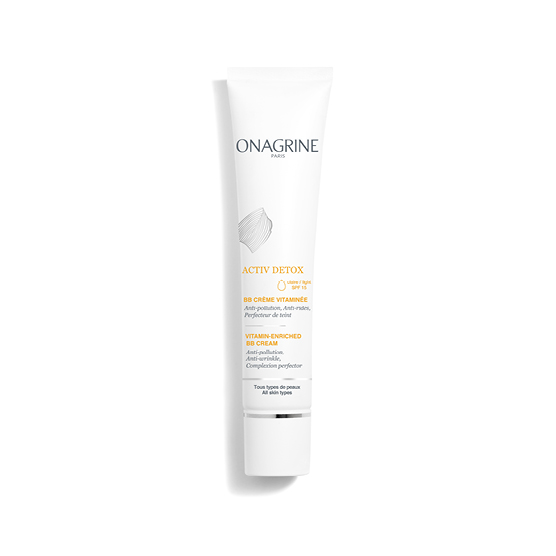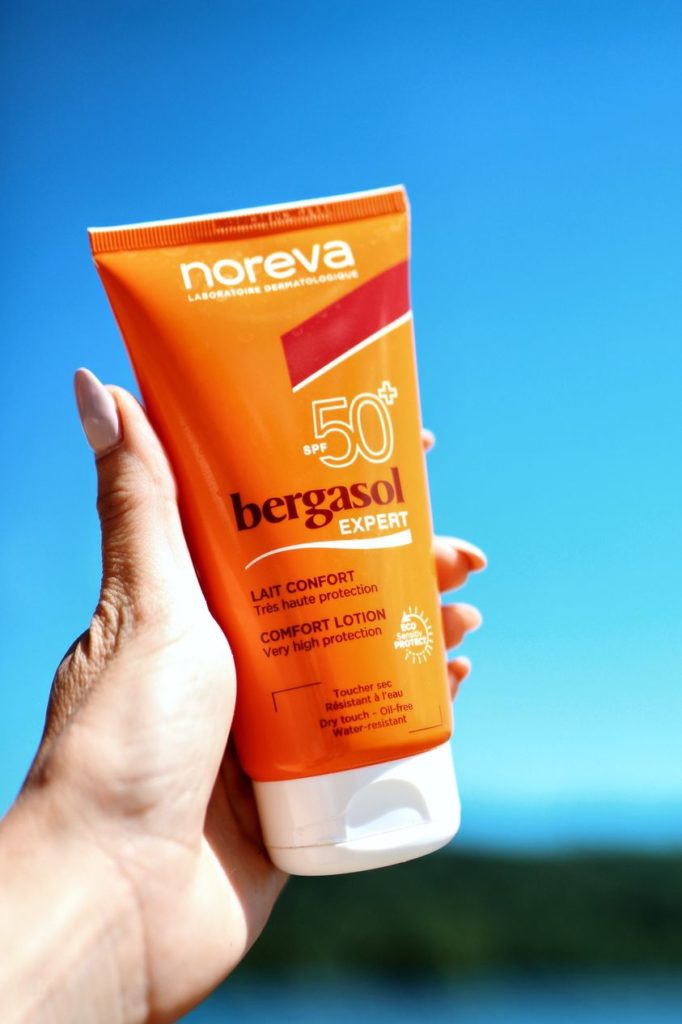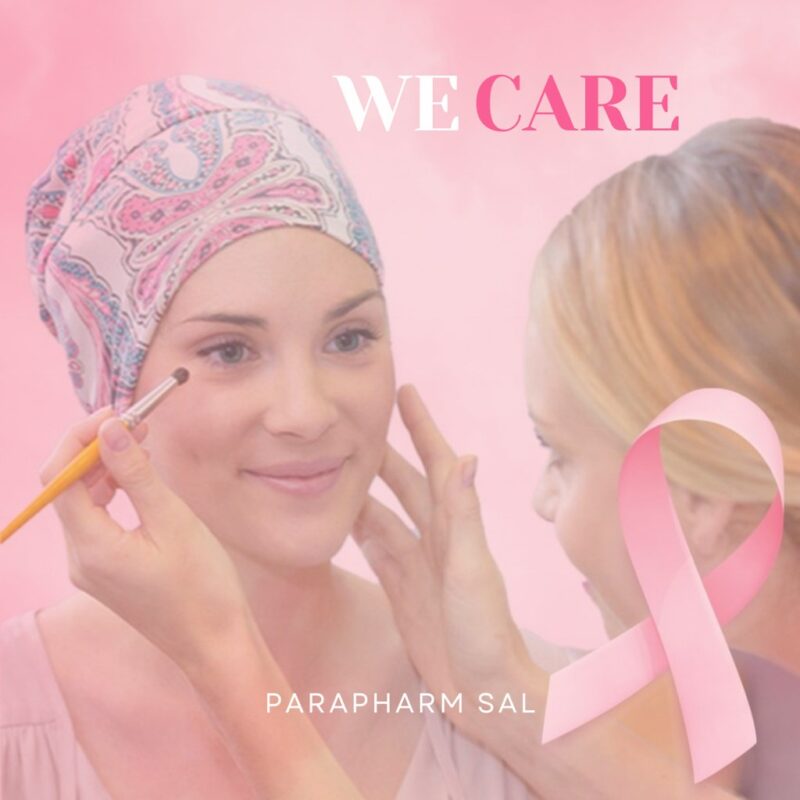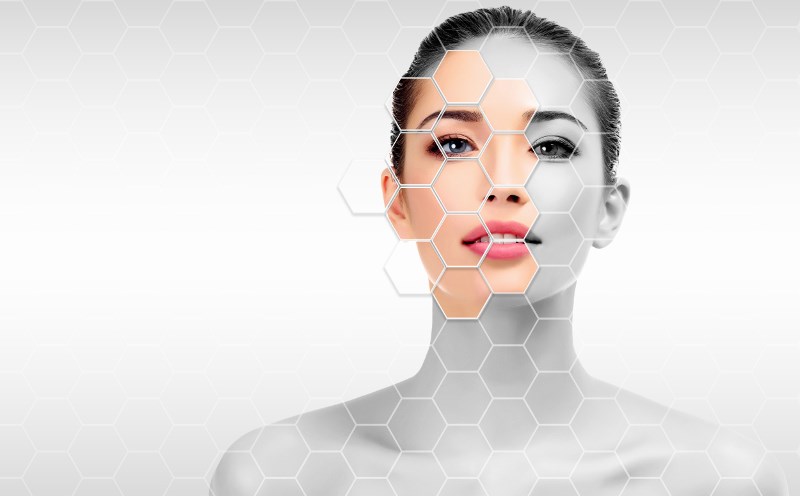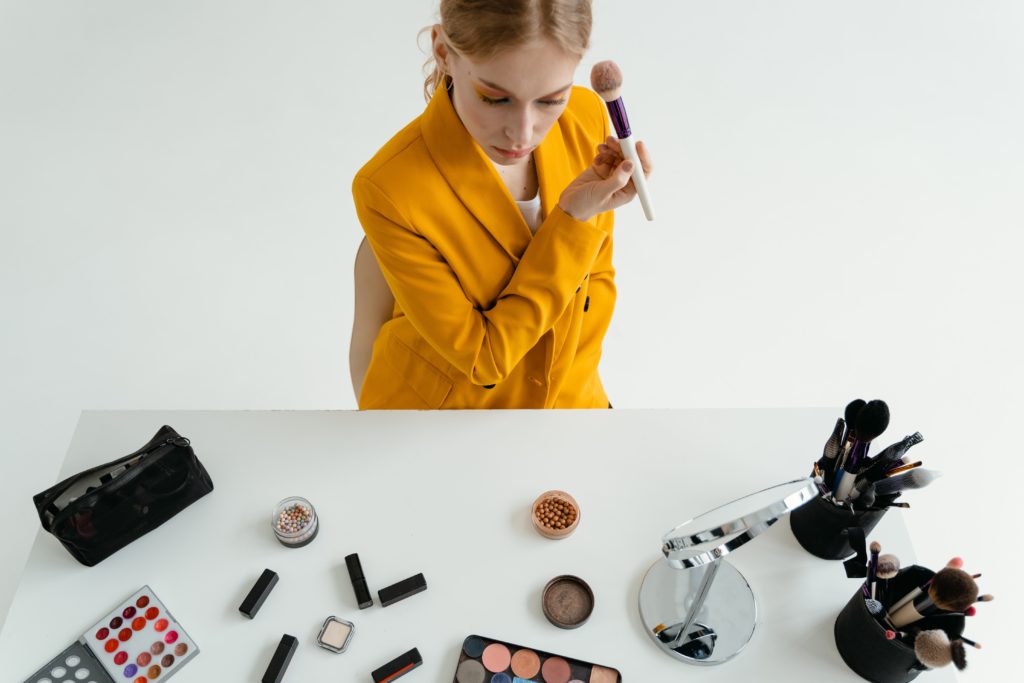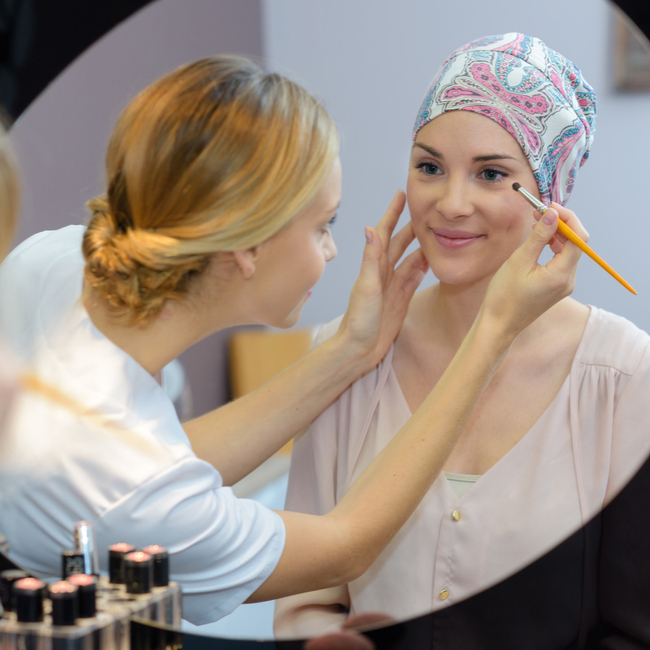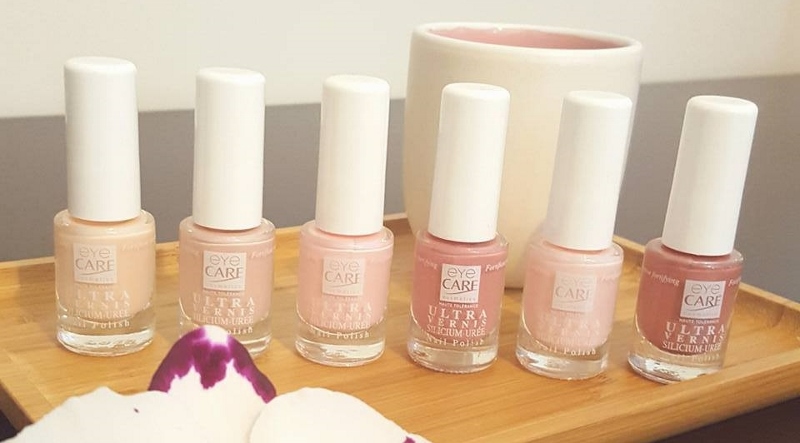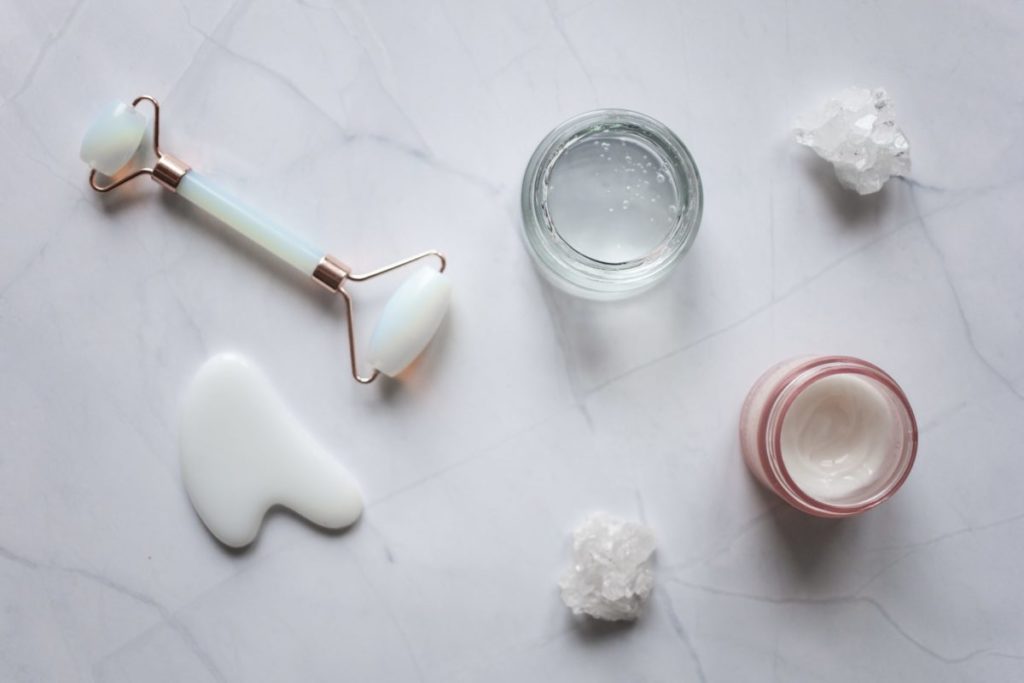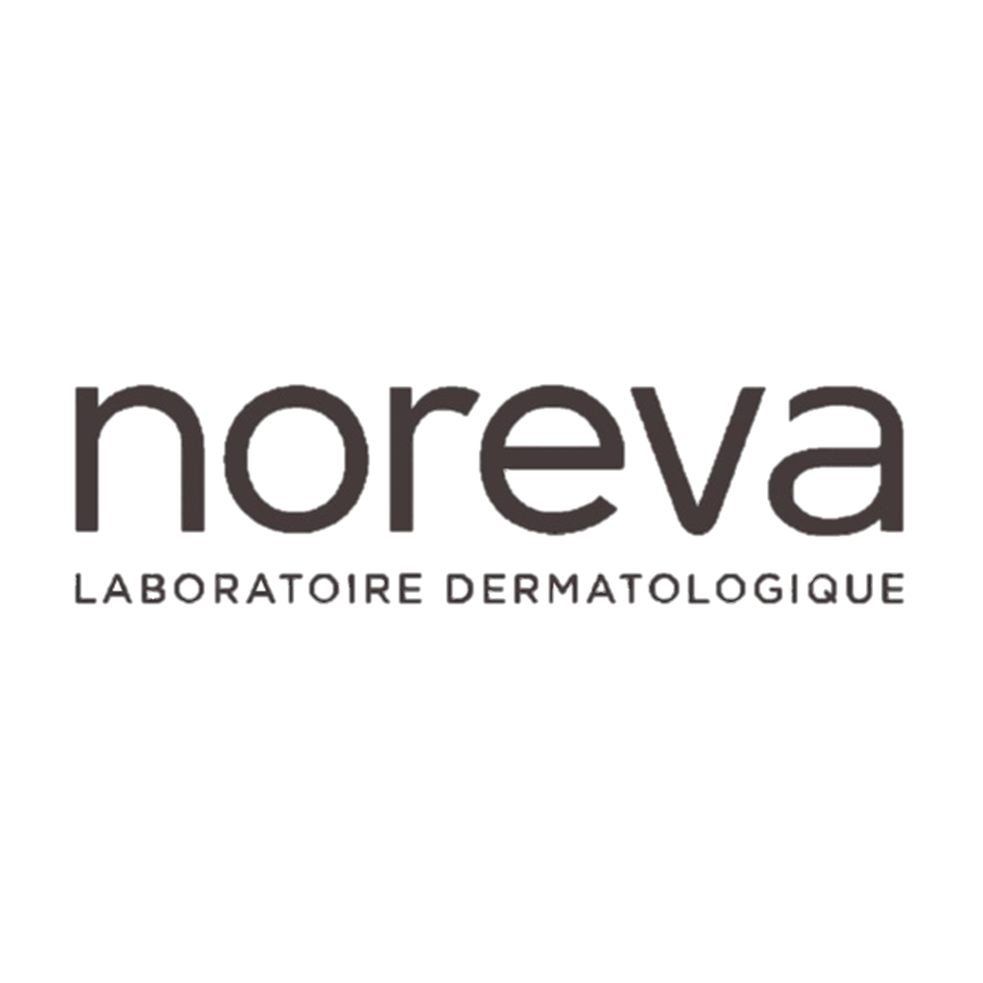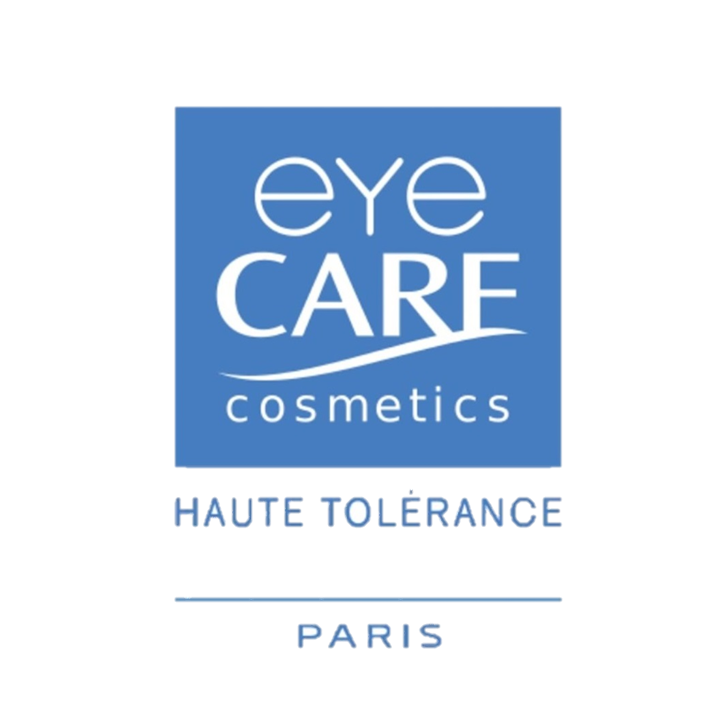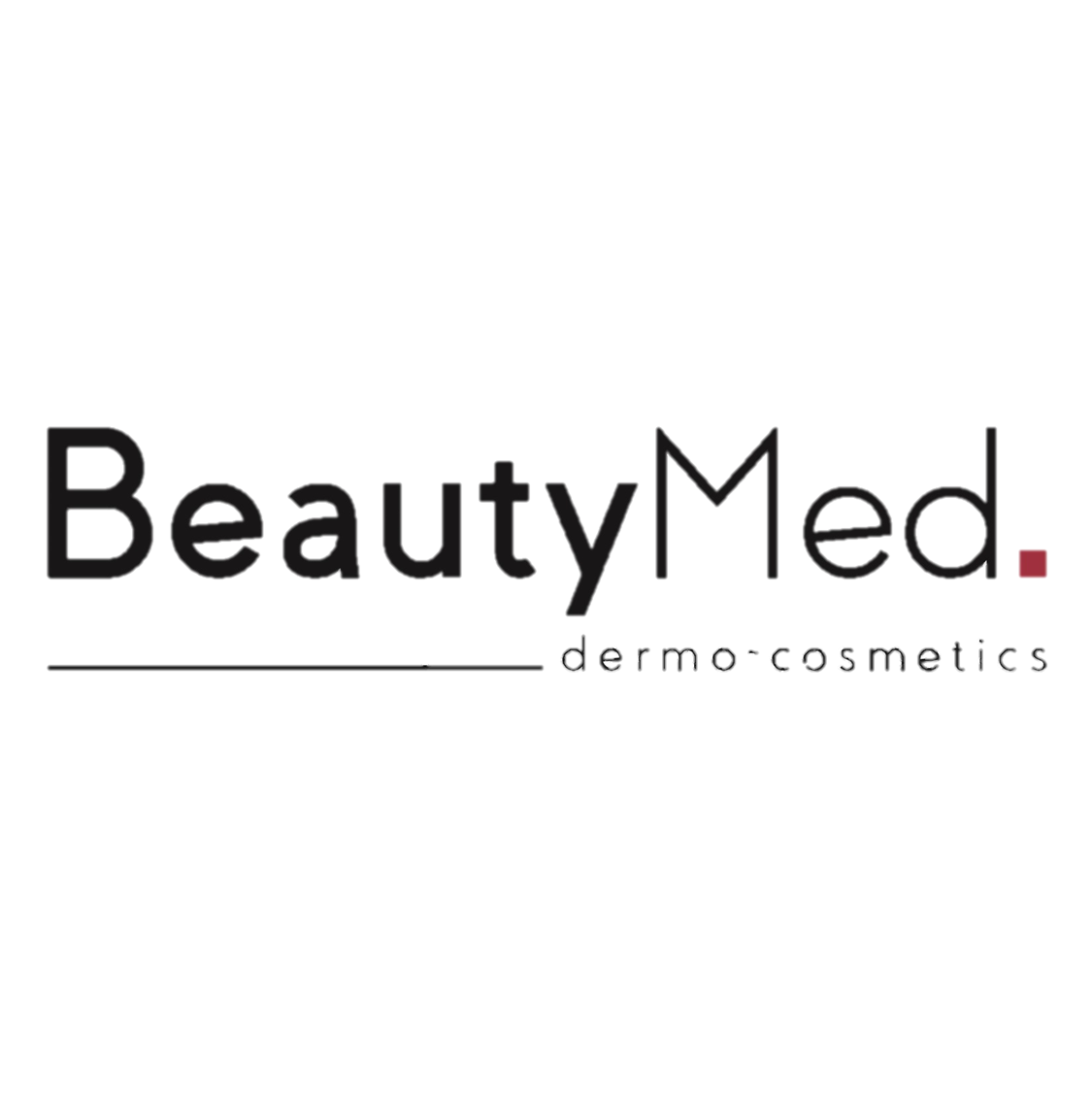It feels like our lives are now entangled with all sorts of screens!
From morning emails to late-night scrolling,
whether it’s for work or for fun, we are being exposed more than ever to blue light.
How does it affect our skin on the long run?
How to prevent potential harmful effects?
Let’s find out!
What is Blue Light?

Part of the light spectrum that’s visible to the human eye, blue light has a wavelength of about 400–500 nanometers. Its waves are shorter and are packed with more energy than other visible light types. This high energy is great for keeping us alert, but it also means it can penetrate deeper into our skin.
Where do we find Blue Light?
3 main blue light sources exist; 1 natural and 2 indoor sources.
- One important fact is that the sun is – by far – our most abundant source of blue light.
- Digital screens — phone, laptop, and tablet are all culprits.
- LED and fluorescent lighting are also big-time blue light broadcasters.
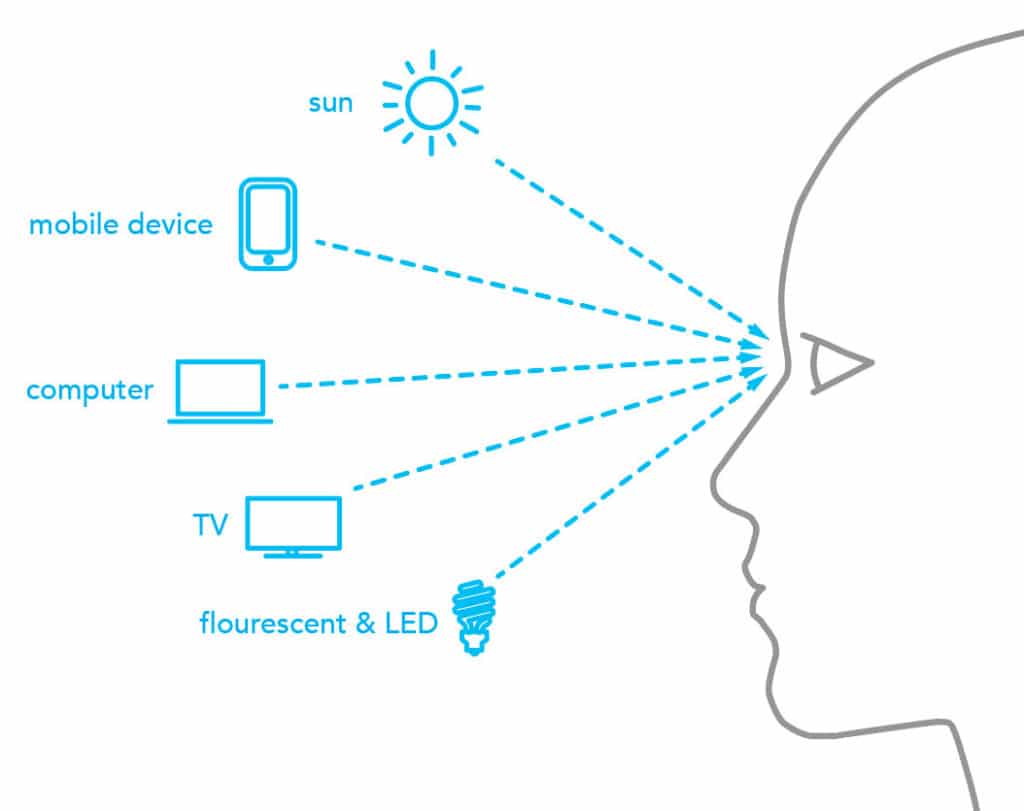
BLUE LIGHT EXPOSURE IS THE NEW FRONTIER IN SKIN HEALTH
Long-term exposure to blue light can potentially have a significant negative impact on people’s well being. However the majority is simply unaware of the risks.
Although our devices are highly unlikely to deliver the high-energy blue light needed to cause damage in the short or even medium term, it is safe to assume that exposure to blue light has been increasing since 2020; many previously office-based workers are spending more time in front of a screen, as face-to-face meetings have moved to virtual.
True effects of long-term exposure to lower levels of blue light on a daily basis are still under research.
Science isn’t settled yet on the effects of indoor sources of blue light on skin.
Unlike Ultra Violet (UV) rays, blue light doesn’t cause sunburn or skin cancer.
Blue light can penetrate the skin far deeper that UV light, passing through the epidermis and dermis to the subcutaneous layer.

How does blue light affect skin health?
Ageing
- Medical research from the National Library of Medicine suggests that prolonged exposure to high-energy blue light can contribute to cell and tissue death, skin barrier damage, and skin ageing, like fine lines and loss of skin elasticity.
- 30 hours of exposure to blue light from smartphone or laptop screens can increase the inflammation level in skin cells by 40%!
- Blue light destroys collagen through oxidative stress. A chemical in skin called Flavin absorbs blue light. The reaction that takes place during that absorption produces unstable oxygen molecules (free radicals) that damage the skin.
Hyperpigmentation
It can induce both immediate and persistent pigmentation, which can still be present after three months. In addition, these rays can inhibit melatonin generation. Exposure to blue light is more problematic for skin of color. In a 2010 study published in the Journal of Investigative Dermatology, it was shown to cause hyperpigmentation in medium to dark skin, while leaving lighter skin relatively unaffected.
Sleep
The blue light emitted from screens not only affects the skin but can also disturb our biological clocks, increase stress hormone levels, and excite nerves, which in turn disturbs sleeping pattern and circadian rhythm. Poor sleep doesn’t just leave you feeling groggy; it can also indirectly affect your skin health by reducing its ability to repair and renew itself overnight.
How to prevent skin damage?
Tech-savvy solutions
- Screen filters: Pop a blue light filter on your devices. Think of them as sunglasses for your screens.
- Device settings: Most devices now come with a ‘night mode’ that cuts down on blue light as it gets later. It’s a small switch with big benefits, like aligning your screen’s brightness with your circadian rhythm.
- Limiting screen time also helps, not only for our overall skin health, but our general wellbeing too.
Skincare solutions
Skincare products offer a wide range with antioxidants that are great for your overall skin health.
- BB cream is scientifically proven to minimize the effects of blue light by 80%. Several are available in our range Actipur BB Cream which is perfect for oily and conbination skins, Aquareva BB Cream Light with an SPF 15, from Laboratoires NOREVA. Activ Detox Vitamin Enriched BB Cream with an SPF 15 from ONAGRINE.
- Zinc Oxide, which creates a protective barrier for the skin.
- Vitamin C protects and recovers skin cells from blue-light-induced oxidative damage. Vitamin Essential C Serum from BEAUTYMED will boost natural defenses of your skin.
- Vitamin B6 combats visible-light-induced antioxidant depletion and effectively suppresses oxidative stress caused by visible light.
- Niacinamide restores skin surface cells from blue-light-induced oxidative stress and provides strong protection against skin damage caused by blue light. Bergasol Expert sun protection range is rich in niacinamide.
Sunscreens are your best allies!
Some are specifically designed to protect against blue light!
If you’re always at the computer for work, it may be worth investing in these products. Bergasol Expert broad spectrum synergy of 4 filters, protects from all harmful rays including blue light.
Mineral sunscreens with iron oxides are the gold standard in blue light protection. Iron oxides have been shown to be more protective against visible light than zinc oxide and titanium dioxide alone. A good cheat for this is tinted sunscreen, which usually has iron oxide. The ideal formula combines zinc oxide, titanium dioxide and iron oxide. Bergasol Expert BB Light Cream is a tinted BB sun protection product rich in iron, zinc and titanium oxides. Its light tint makes it an ideal foundation for daily make-up.
Lifestyle Changes for Healthier Skin in the Digital Era
Screen Breaks
Make a habit of taking regular breaks from your screens.
It’s not just good for your eyes; your skin will thank you too.
Think of your breaks as a mini digital detox.
Lighting
Optimize your indoor lighting.
Cooler, softer light reduces the impact of blue light and is gentler on your skin.
Hydration
Keep your skin happy by staying hydrated.
Drink water.
Use hydrating lotions or creams on your face, body, hands, and neck.



